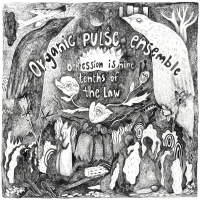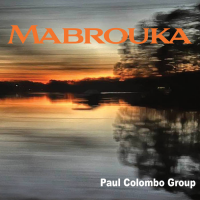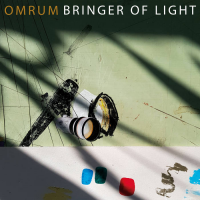Home » Jazz Articles » Album Review » Roger Smith: Extended Plays
Roger Smith: Extended Plays
It is said that Bach's music for solo violin and solo cello is so closely attuned to the range of possibilities of those instruments that one can practically smell the resin when hearing them. With Roger Smith it is somewhat the same: strumming, plucking, or gently fingering an extended and understated melody, he quietly explores untapped potentialities for his instrument.
But he is no mere academic. With his own rules and his own vocabulary, he creates music. Sometimes ("Summer Afternoon Sequence 4A") he hints at pentatonic progressions. "Sunday Afternoon Sequence 1" is a good introduction to the range of his palette, as it undulates softly through an expanse of percussive and melodic territory. "Summer Afternoon Sequence 2" and "Summer Afternoon Sequence 3" both begin, after the fashion of certain types of Asian music, with just a few notes breaking into the silence, and then larger clusters form, and gradually the intensity builds. ("2" ends with waterfall crashes that are about as worked up as Smith gets.) "Early Summer Morning 1" and "Early Summer Morning Two" are more extended examples of this, although there is no simple linear progression: these extended pieces are journeys of many facets. The purity of Smith's sound rings even clearer on "Winter's Tail," which ends with a bang - or a series of them. Little ones, but bangs nonetheless.
Flautist Neil Metcalfe joins Smith for the duet "Two in the Afternoon," giving the listener to see how carefully - yet with utter originality - Smith accompanies the flute, playing percussively, or contrapuntally, or punctuating, or myriad other effects. In all, a great album of free improvisation. Highly recommended.
Personnel
Roger Smith
organ, Hammond B3Album information
Title: Extended Plays | Year Released: 1999 | Record Label: EFZ
Tags
PREVIOUS / NEXT
Support All About Jazz
 All About Jazz has been a pillar of jazz since 1995, championing it as an art form and, more importantly, supporting the musicians who make it. Our enduring commitment has made "AAJ" one of the most culturally important websites of its kind, read by hundreds of thousands of fans, musicians and industry figures every month.
All About Jazz has been a pillar of jazz since 1995, championing it as an art form and, more importantly, supporting the musicians who make it. Our enduring commitment has made "AAJ" one of the most culturally important websites of its kind, read by hundreds of thousands of fans, musicians and industry figures every month.






















